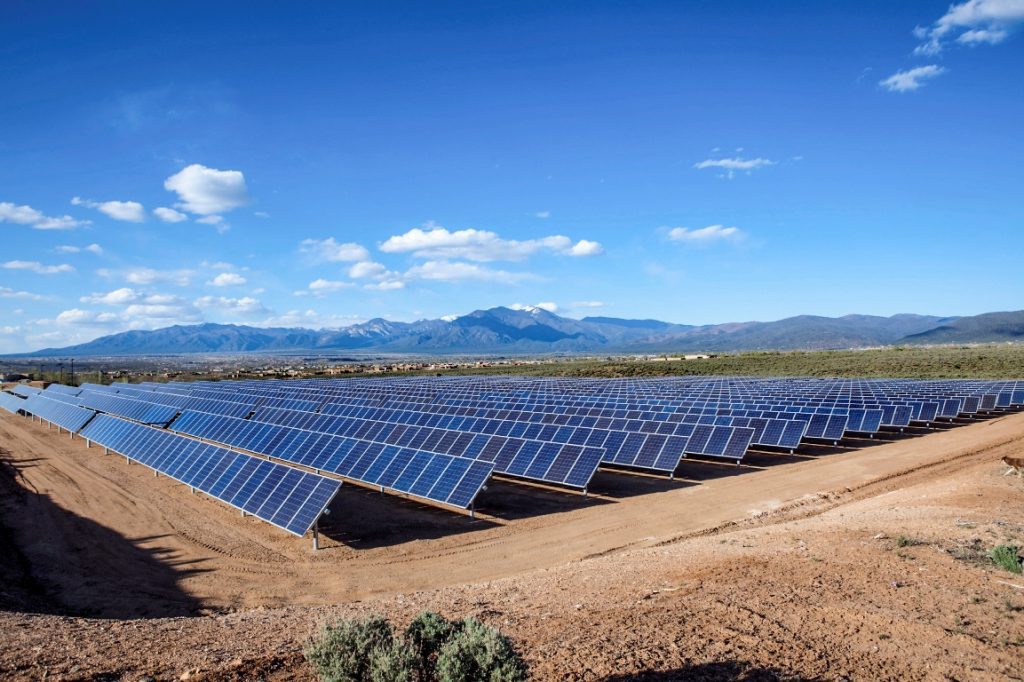ATHABASCA CHIPEWYAN FIRST NATION, ECOJUSTICE, ENVIRONMENTAL DEFENCE, KEEPERS OF THE WATER
Ottawa | Traditional, unceded territory of the Algonquin Anishinaabeg People –This week, the federal ministers of environment and health agreed to assess whether naphthenic acids (NAs), a dangerous component in oilsands tailings ponds, are toxic under the Canadian Environmental Protection Act (CEPA). The decision comes in response to a formal request submitted earlier this year by environmental groups and a First Nation to assess the harms caused by oilsands NAs, given their known environmental and health impacts.
The request was submitted in March by Ecojustice, on behalf of the Athabasca Chipewyan First Nation, Environmental Defence and Keepers of the Water. Mikisew Cree First Nation also submitted a similar request. Earlier this week, a group of nearly 40 leading toxicologists, scientists and health experts submitted a letter supporting the need to prioritize NAs for risk assessment.
Naphthenic acids accumulate in tar sands tailings ponds at dangerous levels. The toxic wastewater that contains NAs is known to kill birds, impair reproduction of wood frogs, pollute water sources, and kill aquatic organisms (including fish) when tailings ponds leak into the surrounding environment and waterways. While there are gaps in human health studies, naphthenic acids are a potential endocrine disruptor. Despite these known risks, Canada has never assessed the NAs present in oil sands tailings ponds.
In 2023, CEPA was amended to better protect people in Canada and the environment from toxic chemicals. One change was a provision to allow any individual or organization to ask the federal government to prioritize specific hazardous substances for assessment. This is the second time this amendment to CEPA has been used to successfully request prioritization, following the recent decision to prioritize the tire chemical 6PPD for assessment.
Bronwyn Roe, lawyer Ecojustice said:
“Naphthenic acids from tailings ponds have been found in surface water and groundwater in the Athabasca oil sands region. The harms that these chemicals cause to people and the environment need to be better understood, and NAs need to be regulated to prevent harmful exposure. The first step to making that happen is to have the toxicity of naphthenic acids from the oil sands assessed under the Canadian Environmental Protection Act. This assessment needs to proceed without delay.
“For years, Indigenous Peoples in the oil sands region have called on the government to assess NAs. The government accepting this request is an important step in advancing reconciliation and upholding its commitments to environmental justice and to implementing UNDRIP, the United Nations Declaration on the Rights of Indigenous Peoples.”
Aliénor Rougeot, Climate and Energy Program Manager at Environmental Defence said:
“We applaud the federal ministers’ commitment to assessing the toxicity of naphthenic acids in tar sands tailings ponds. For decades, oil companies have operated without proper regulation, contaminating the environment and endangering lives. Each day without action risks another catastrophic leak of toxic tailings, such as the major incident that happened at Imperial Oil’s Kearl mine last year.
“The government’s use of the Canadian Environmental Protection Act to investigate these risks is necessary and urgent. It’s irresponsible to have allowed trillions of liters of toxic waste to accumulate without knowing its impact. This assessment should start immediately, confirming the toxicity of naphthenic acids and enabling more federal measures to protect local communities and ecosystems.”
Chief Allan Adam, Athabasca Chipewyan First Nation said:
“The cancerous effects of Naphthenic Acids have long been known to scientists, industry, governments and sadly to our community of Fort Chipewyan. Fort Chipewyan is the closest downstream community from Alberta’s Tar Sands and it is no surprise that we live with the highest cancer rates in the Province, over twice that of the rest of Alberta. Today is a great step forward and we are grateful that Minister Guilbeault and Holland have answered our call to regulate these cancerous compounds.”
Jesse Cardinal, Executive Director for Keepers of the Water, said:
“We’re the first scientists of this land, and we understand how everything is connected. For several generations, we have been the first witnesses and the first affected by the devastating impacts of these intensely toxic so-called development projects on a once richly diverse wildlife, landscape and waterway system. We are grateful for the support our collective has that led us to this vital step towards regulating harmful chemicals that our family and friends downstream from tar sands are exposed to daily.”
ABOUT ENVIRONMENTAL DEFENCE (environmentaldefence.ca): Environmental Defence is a leading Canadian environmental advocacy organization that works with government, industry and individuals to defend clean water, a safe climate and healthy communities.
– 30 –
For more information or to request an interview, please contact:
Allen Braude, Environmental Defence, media@environmentaldefence.ca







